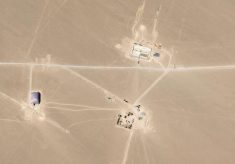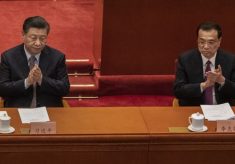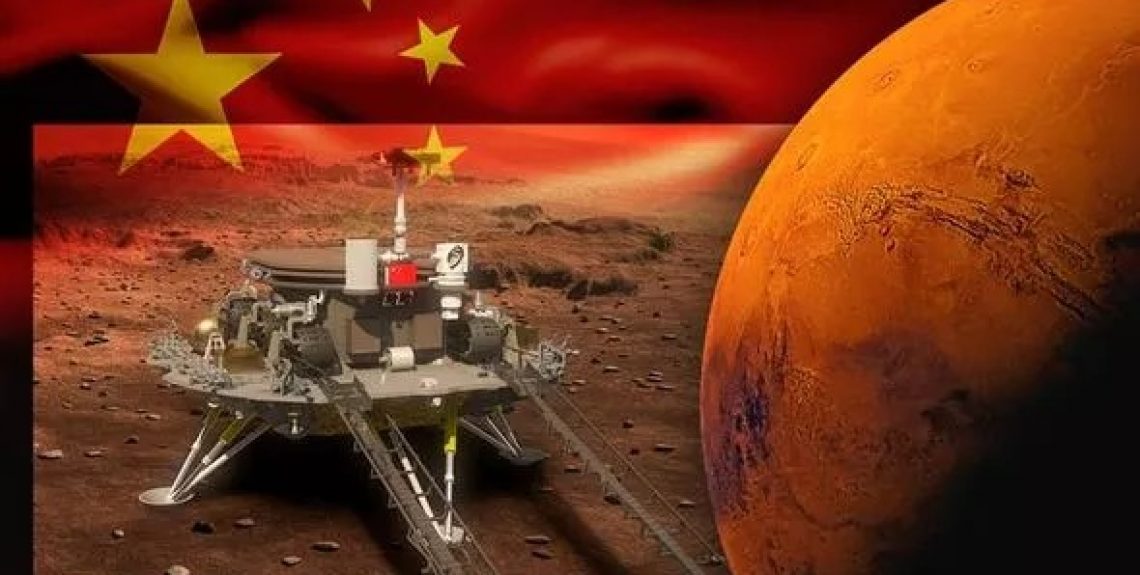On the 23rd of July 2020, China’s march as a techno-power, already evident at the terrestrial level, was illustrated with the successful launch of China’s first Mars probe, named Tianwen-1, or “Heavenly Questions”. China’s probe is expected to reach Mars orbit in February 2021, with its surface rover then scheduled to soft land.
In the Chinese state media, the Global Times argued on the 24th of July that the launch was significant; “the move heralds a new era in China’s deep-space exploration, which has steadily progressed beyond moon probes to interplanetary missions”. China’s team members announced in the July issue of Nature Astronomy:
Tianwen-1 is going to orbit, land and release a rover all on the very first try, and coordinate observations with an orbiter. No planetary missions have ever been implemented in this way. If successful, it would signify a major technical breakthrough. Scientifically, Tianwen-1 is the most comprehensive mission to investigate the Martian morphology, geology, mineralogy, space environment, and soil and water-ice distribution.
While this represents solid scientific exploration, there is a wider geopolitical context. Space has become a new recognised operational domain for the great powers (and indeed NATO), with tacit China-India and China-US space rivalry over Mars. India’s Mangalyaan orbiter has already been operating there since 2014; while for the US, NASA’s latest Mars launch is scheduled for the 30th of July, with its Perseverance rover following a similar arrival pattern to China’s mission.
China’s Foreign Ministry spokesperson Wang Wenbin stressed on the 24th of July that “it is incorrect for some media to deem this mission as a step in pursuit of dominance in space”. Instead, his official steer was that:
China’s space endeavour makes an important part of mankind’s peaceful exploration and use of outer space and is entirely designated for peaceful purposes. China’s exploration and research of Mars is aimed to improve mankind’s scientific understanding of Mars, expand and extend the space for human activities and advance the sustainable development of human civilization. The Pacific Ocean is vast enough to embrace countries in the world. The universe is even vaster to embrace all countries conducting joint exploration and cooperation.
Three points can be made. First, the “some media” referred to critical US and Indian reporting. Secondly, the “Pacific Ocean” was tacit acknowledgment of the growing friction across the Indo-Pacific between China on the one hand and India, Australia, Japan and the US on the other hand. Thirdly, official self-styling of China’s space programme as “entirely designed for peaceful purposes” raises the ongoing issue of the opaque nature of Chinese intentions; in which China’s space programme has dual use military applications (for example ASAT anti-satellite weapons technology) and potentially advantageous geo-economic positioning.












